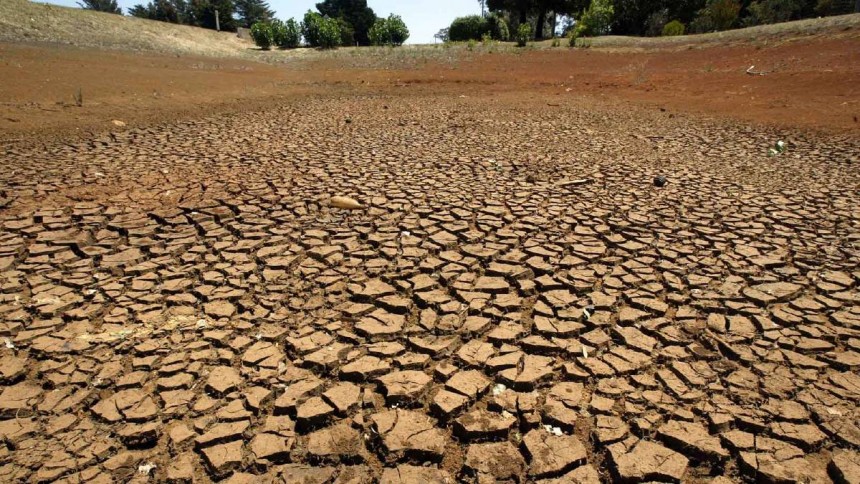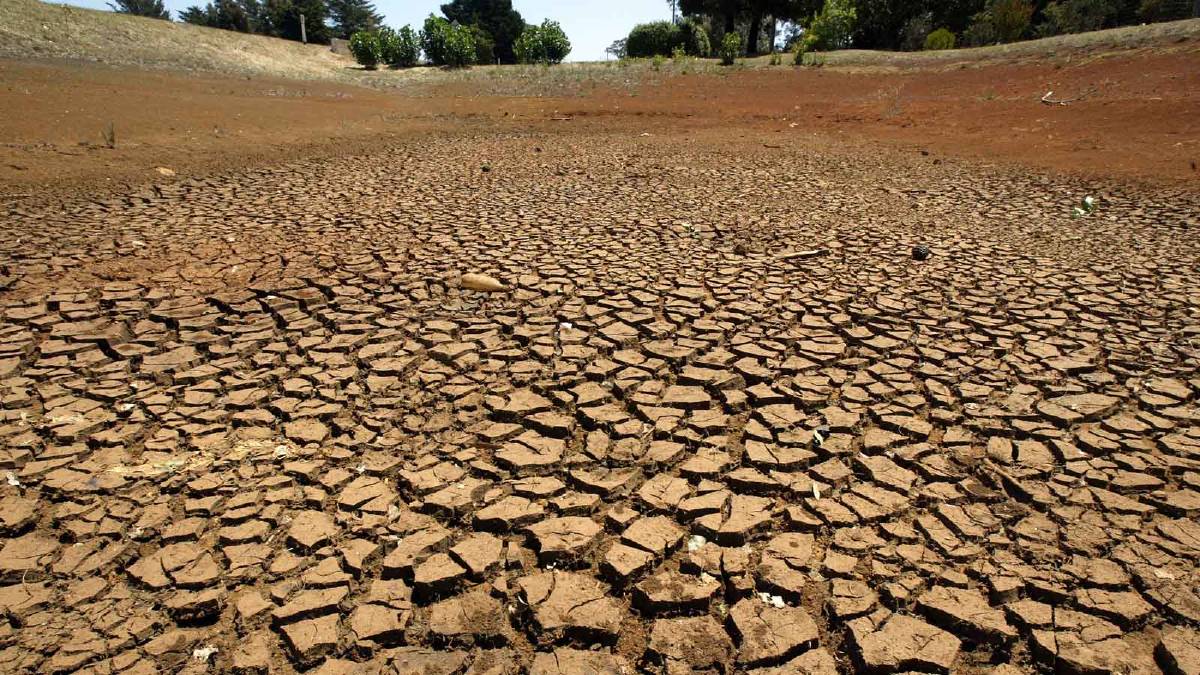Independent Component Analysis can correct bias in climate model simulations

Sustainable and equitable water resources systems require managers to understand the pressures and changes affecting our catchments at a range of time scales and spatial scales. Managers need to balance the competing needs of agriculture, towns, the environment and industry in knowing when to release water in managed systems. Overlying these potentially conflicting priorities are the vagaries of a variable climate.
Common sight when land slips into drought conditions (Dam near Penshurst, NSW)
Most approaches to considering climate change implications for water resources management translate climate model simulations to the scale of individual catchment by downscaling. Alternatively continental scale assessments tend to the use outputs of climate models, with biases removed by comparing the climate model simulations to observations. However these bias corrections are generally applied on a point by point basis, so that each grid-cell of the model is corrected individually without reference to its neighbours.
A new study has found that a technique known as independent component analysis (ICA) bias correction can improve climate model simulations. The study conducted by our team of researchers from the University of New South Wales, used six different climate regions of Australia, and involved two climate variables—temperature and precipitation. The results demonstrate that the ICA‐based technique leads to considerable improvements in temperature simulations with more modest improvements in precipitation.
The paper published in the Water Resources Research Journal presents a new bias correction approach which takes into account the spatial structure of the climate model simulations, an area that hasn’t been fully explored until now.
We used a methodology that is based on a statistical technique known as Independent Component Analysis (ICA), which allows to isolate the most important spatial signals in the observations and the climate models. These signals are subsequently matched to each other and the climate model signals are bias corrected using the observations. Finally, the climate model temperature and rainfall fields can be reconstructed using the bias corrected signals and traditional point-based bias correction applied to correct biases in time. Our results showed that the spatial structure of both temperature and precipitation simulations was improved by the new method. These improvements translated into better estimates of the frequency of droughts that cover large areas.
Why is this research important? As the trickles of water coalesce into creek and creeks flows into rivers, those same rivers join together to form basins at the sub-continental scale such as the Murray Darling Basin which covers 40% of Australia. At these largest scales, the problems of water management are amplified by the priorities of different jurisdictions. Australia’s world-leading water markets mean that hydrological connections are now not the only links between different catchments. All of these issues mean that understanding the spatial relationships between water availability at different locations is vital and it tends to become more relevant in the future as much of Southern Australia is predicted to experience drier conditions.
Catchments integrate both space and time through their inherent memory, hydrologic connections and the infrastructure that we add to manage the systems for our human endeavours as well as the environment. Methods such as this ICA bias correction approach allow us to better understand these systems and thereby provide more reliable information to managers and users.
This work was developed as part of Dr Jannatun Nahar’s PhD research in the Water Research Centre, School of Civil and Environmental Engineering, UNSW Sydney. Dr Nahar is now working at the Bureau of Meteorology. For more information on this and other climate model bias correction methods developed at the UNSW Water Research Centre visit http://www.hydrology.unsw.edu.au/download/software.
Article: ”Addressing Spatial Dependence Bias in Climate Model Simulations—An Independent Component Analysis Approach”. Nahar, J., Johnson, F., Sharma, A. Water Resources Research Journal, https://doi.org/10.1002/2017WR021293

